Segway’s S-Pod makes WALL-E’s hoverchair a reality.
Credit: Segway
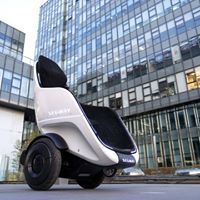
Segway’s S-Pod makes WALL-E’s hoverchair a reality.
Credit: Segway
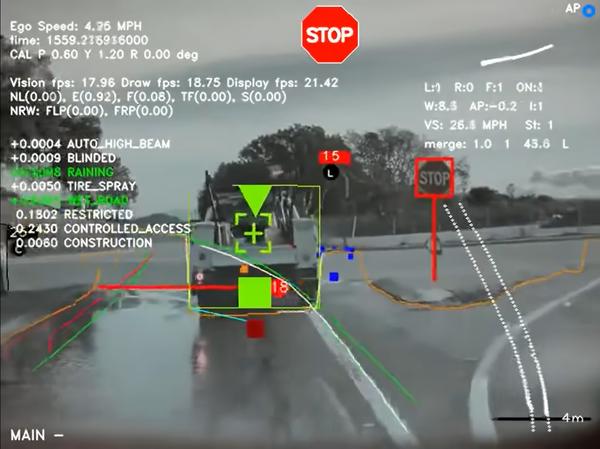
#Tesla #AI
Featured image: Tesla
Tesla has managed to attract the best artificial intelligence specialists to its Autopilot team who are committed to developing software that makes full self-driving possible. The company recently published two patents that relate to improvements in this area.
Tesla Filed Patent ‘Enhanced object detection for autonomous vehicles based on field view’ https://www.tesmanian.com/blogs/tesmanian-blog/patent-enhanced-object-detection-for-autonomous-vehicles-based-on-field-view?utm_source=dlvr.it&utm_medium=twitter pic.twitter.com/IU6tdaOlH7 — Tesmanian.com (@Tesmanian_com) June 5, 2020

While it probably won’t make it to your dining table, a new scientific achievement might be able to help in everything from radar equipment to electric cars: scientists have been able to form salt, aka sodium chloride (NaCl), in a hexagonal shape.
This is work done at the smallest of scales, with researchers able to get a thin film of hexagonal salt to form on top of a layer of diamond, due to the chemical interaction of both film and diamond substrate – something the team actually predicted would happen in advance through simulations.
It’s the latest in a series of discoveries where scientists have been able to synthesise 2D materials with unusual crystal structures, and it’s partly this self-imposed restriction to two dimensions that is enabling new and exotic structures to be formed.
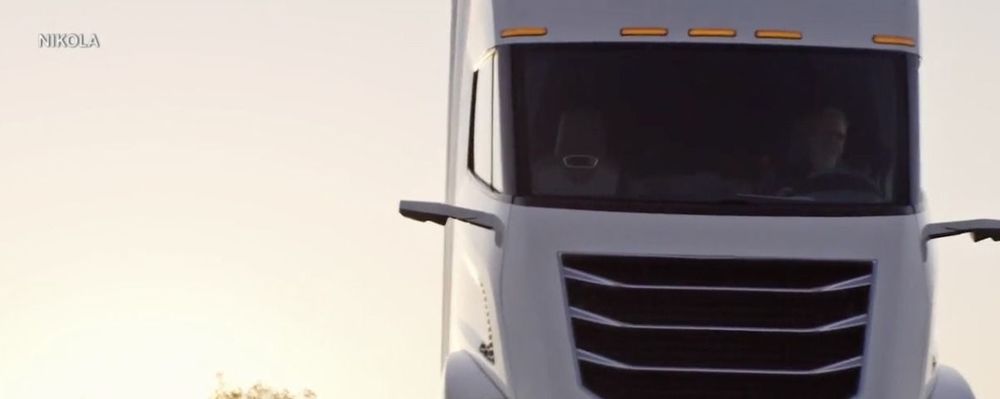
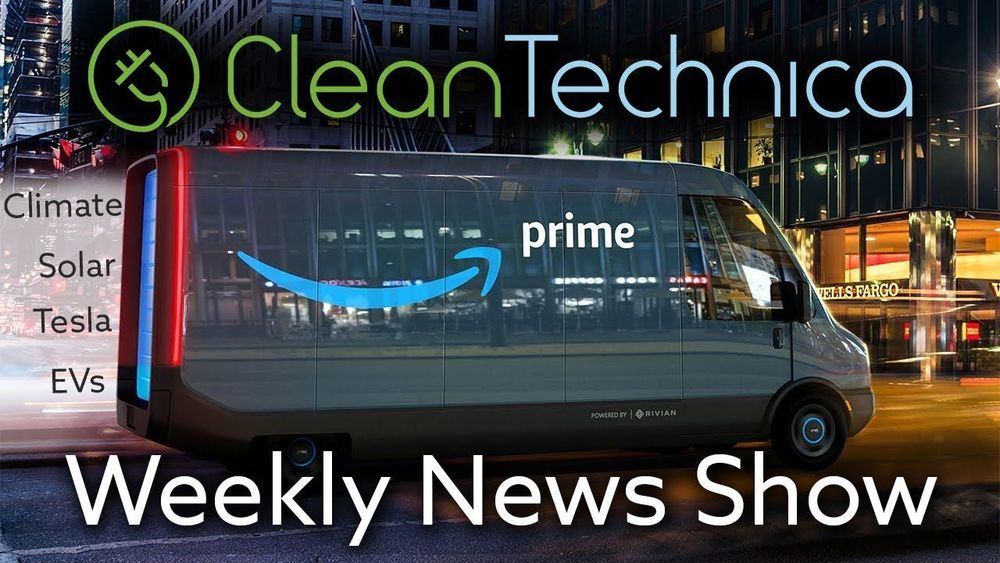
A couple of months ago I introduced you to a UK company that converts classic cars to electric propulsion. The company, named eDub Services, was founded by a young man named Kit Lacey, and since my piece on his business, he and I have been in conversation about this fascinating field of entrepreneurship. I have an old Volvo 240 in my garage that one day will need an electric drivetrain for sure, so getting acquainted with someone like Kit is a good bet.
I talked to Kit about the concrete and chronological information on his rebuilds and how we could make it accessible for all of us curious about how such projects can be carried out. This series is the result, in Kit Lacey’s own words. So let’s begin at the beginning.
It all started with a road trip. All the best ideas do, in my opinion. Driving down the A1 with my mum in the driver’s seat and my wife in the back. The year is 2013. “How hard would it be to convert a camper van to electric?” I ask my mum. “Not too hard,” she replied. … Maybe a strange question to ask, but there is some context.
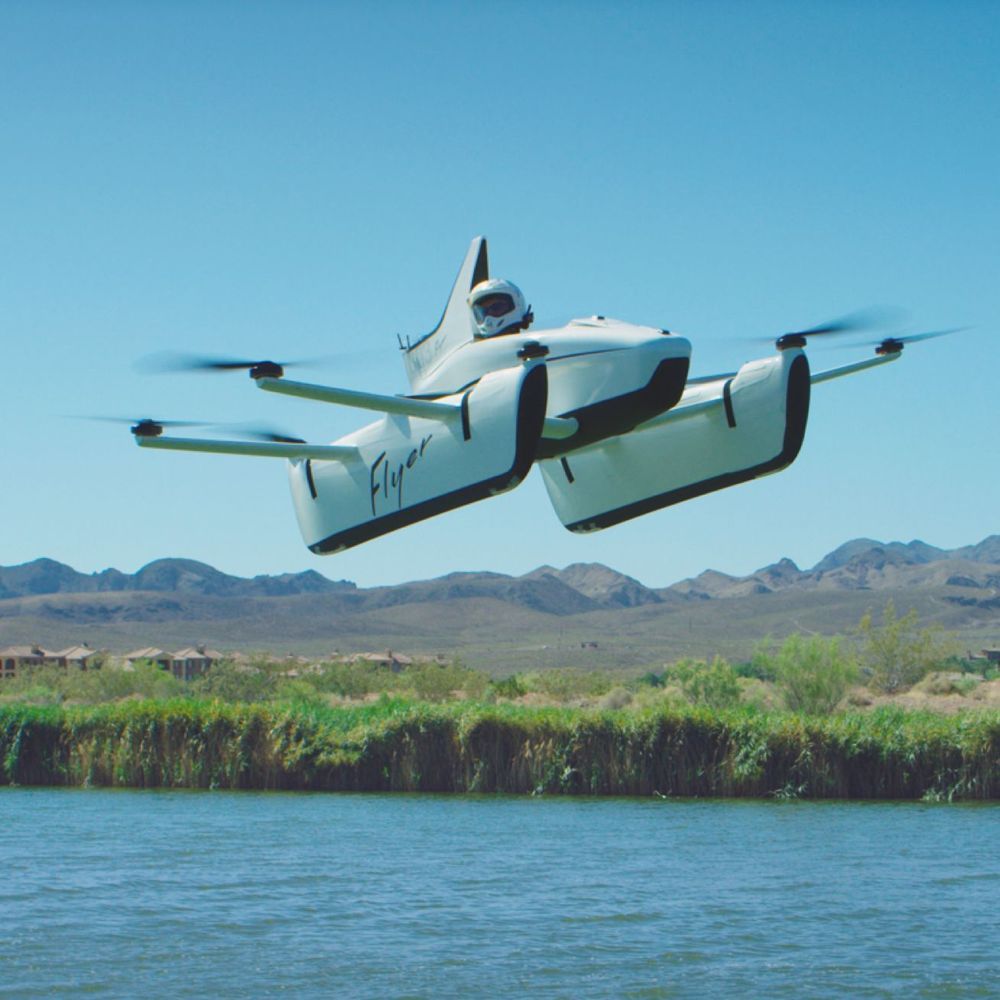
Kitty Hawk is shutting down its Flyer program, the aviation startup’s inaugural moonshot to develop an ultralight electric flying car designed for anyone to use.
The company, backed by Google co-founder Larry Page and led by Sebastian Thrun, said it’s now focused on scaling up Heaviside, a sleeker, more capable (once secret) electric aircraft that is quiet, fast and can fly and land anywhere autonomously.
Kitty Hawk is laying off most of Flyer’s 70-person team, TechCrunch learned. A few employees will be brought over to work on Heaviside, according to the company. Those who are laid off will receive at least 20 weeks of pay, plus tenure, depending on how long they were with the company. Former workers will also receive their annual bonus and have their health insurance covered through the end of the year. The company said it will set up placement services to help people find employment.
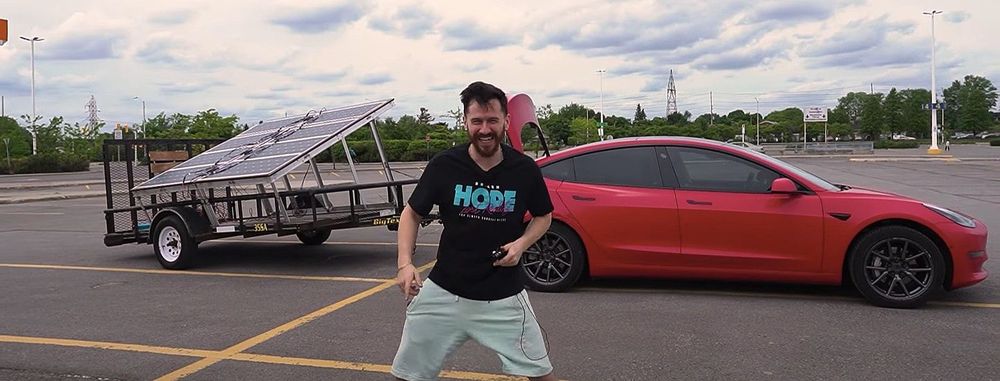
A Tesla owner has demonstrated a rather novel way to charge his Model 3. In a recent video, Sean Callaghan of the ItsYeBoi YouTube channel opted to use a series of off-the-shelf solar panel sheets onto a towable trailer to create a mobile charging unit for his all-electric sedan.
Callaghan planned to use only the sun and the solar sheets purchased from e-commerce platform Wish to charge his Model 3. The solar panel sheets would collect energy from the sun and transfer it to a control panel. The control panels were connected to batteries that would hold the energy—the batteries connected to an inverter, which would then charge the Tesla Model 3.
The entire assembly would provide the Model 3 with about 800 watts of energy on a completely sunny day. However, Callaghan shot the video when weather was overcast, so the entire solar panel trailer build only managed to provide around 300 watts throughout the YouTube host’s test.
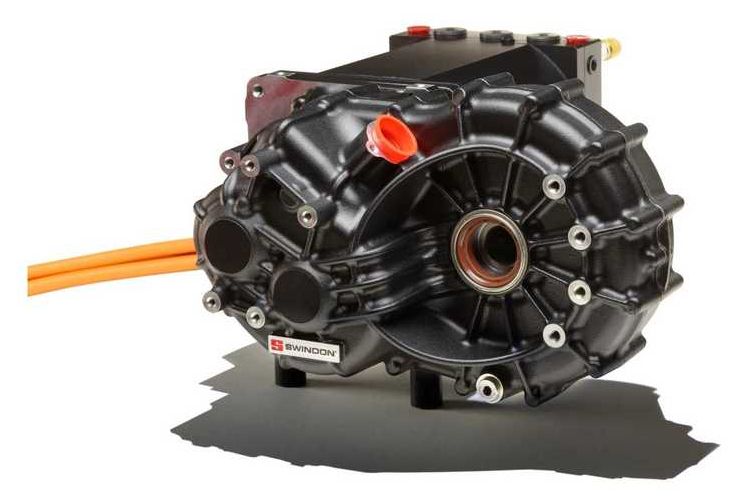
The British company Swindon Powertrain announced market launch of its new, compact and ready to install ‘Crate’ EV powertrain for various EV projects — conversions or new builds.
Swindon encourages that it’s an ideal option for sports, recreation and light commercial applications as well as classic car conversions.
“Suitable for OEMs, niche vehicle manufacturers, electric car conversion companies as well as the enthusiast home mechanic.”

To encourage businesses to invest in new technologies, the European Union funds industrial research partnerships worth billions of euros in fields such as clean aviation and hydrogen fuel cells. It also offers direct grants to tech startups, and when Horizon Europe launches next year, it plans to offer them equity investments, too.
Report says scientific output is not translating into innovation.
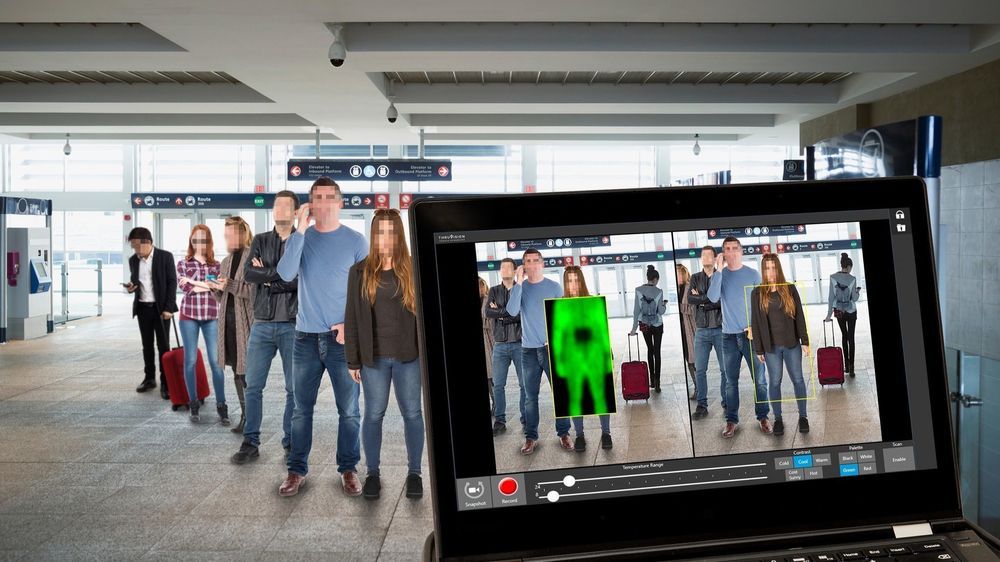
Circa 2019
A full-body scanner that the Transportation Security Administration hopes can speed up airport security checkpoints must go back to the drawing board for software to protect the privacy of travelers being scanned.
The scanner, built by British firm Thruvision, was promoted as being able to simultaneously screen multiple airport passengers from a distance of up to 25 feet away. The TSA began trying out the device last year at an Arlington, Va., testing facility before planning to use it on a trial basis at U.S. airports.
But now the federal agency is requiring the scanner to add a “privacy filter” before the TSA can test the scanner “in a live environment,” according to a TSA document.